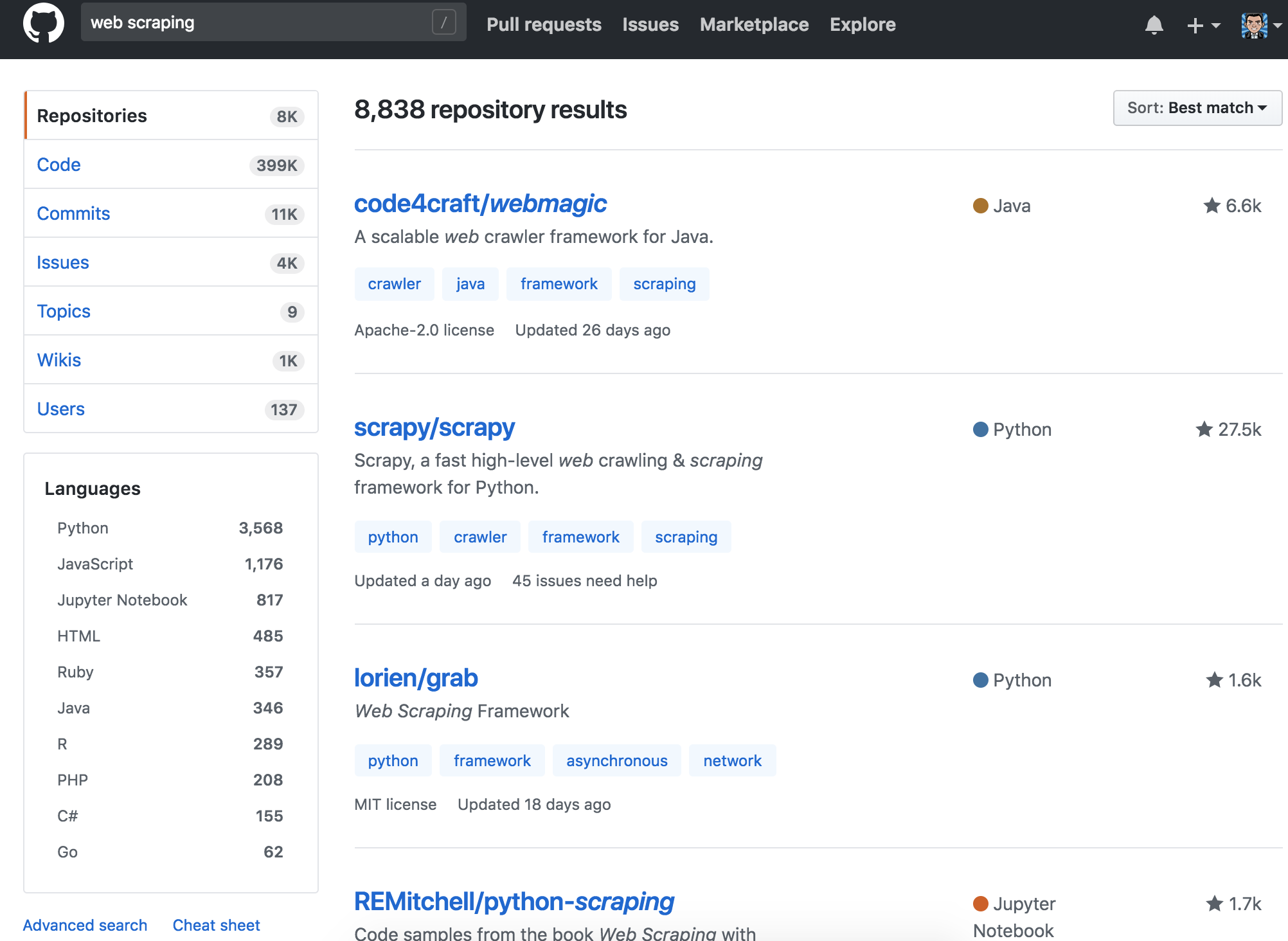There are times I find that even though Visual Studio Code (VSC) does its own incredible job of searching and locating files in the search bar, it doesn’t truly give me any relevant context how some source code matches were written not just in one domain of abstraction, but also is used in other several layers of application abstraction anywhere in a typical full-stack web application.
For instance, it could be something about certain software design pattern that’s currently implemented in one area of the module but you want to affirm whether that same design pattern could be also used in other parts of the application as well.
But where can you begin to figure out where and how heavily the design patterns are used and their overall prevalence within an application, if editor tools such as VSC can’t give you the straight answers?
Well.
Here’s how.
